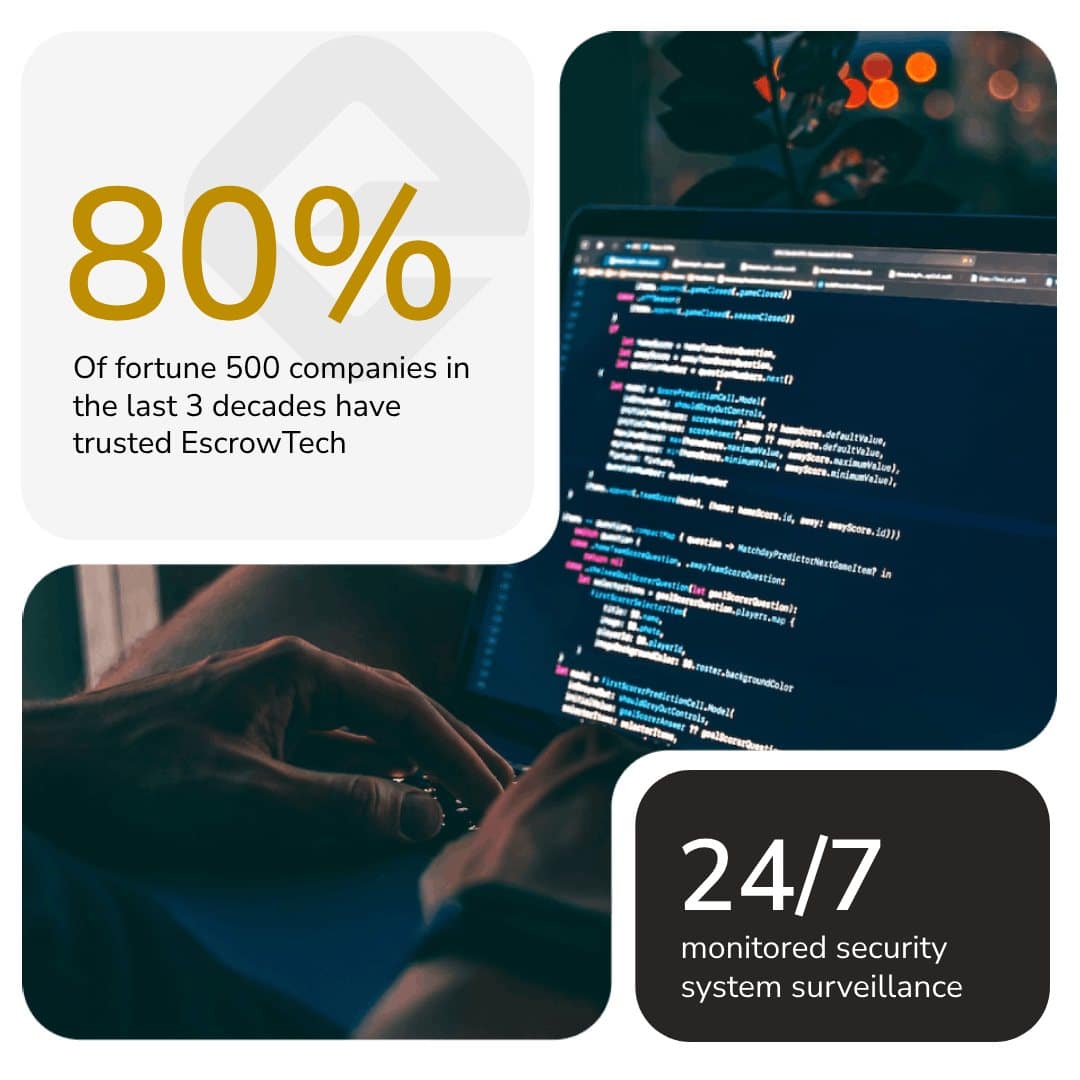
What is Software Escrow?
Software Escrow is a three-party agreement between a software developer, the end user and a software escrow agent like EscrowTech.
CUSTOMERS THAT HAVE TRUSTED ESCROWTECH
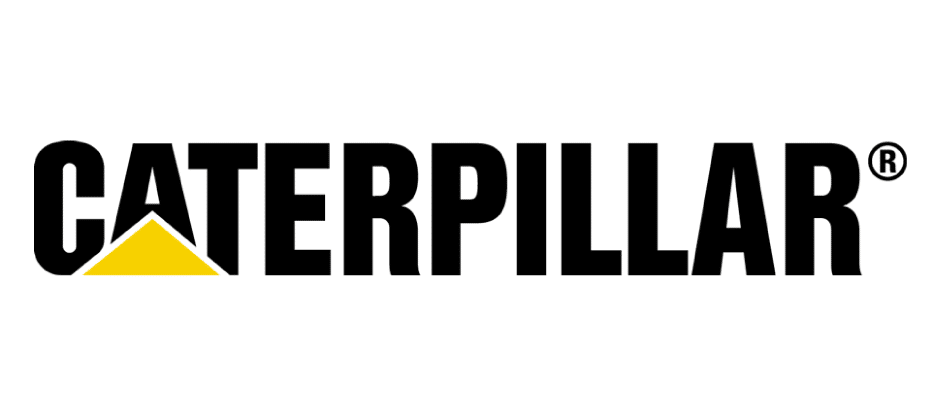

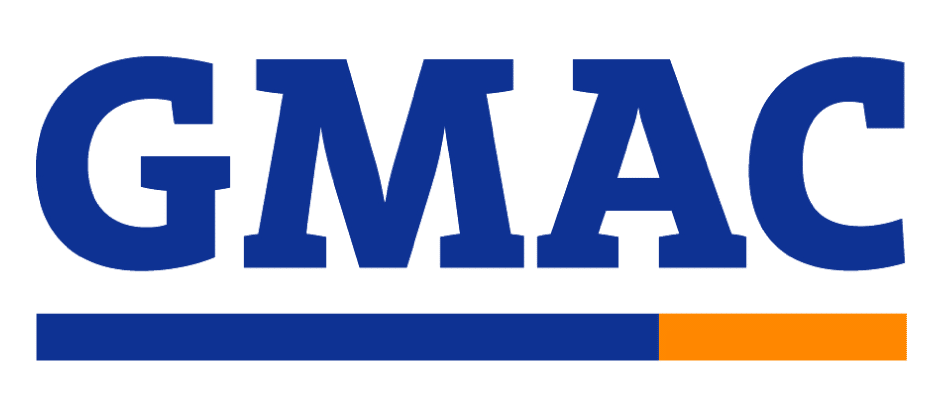
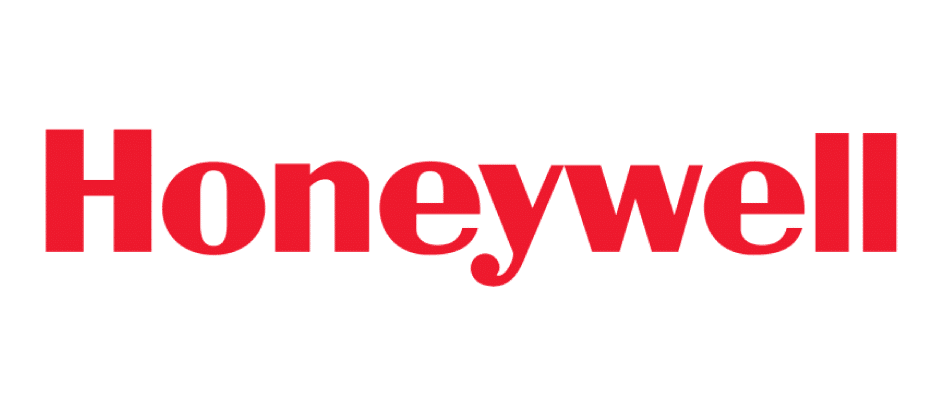

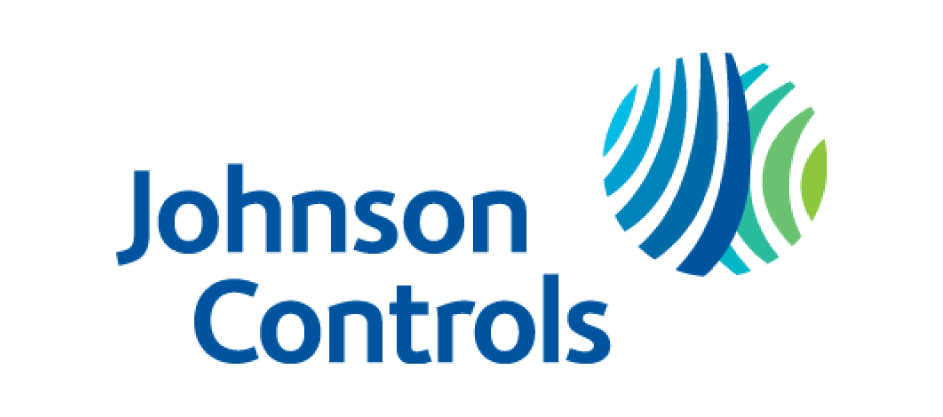
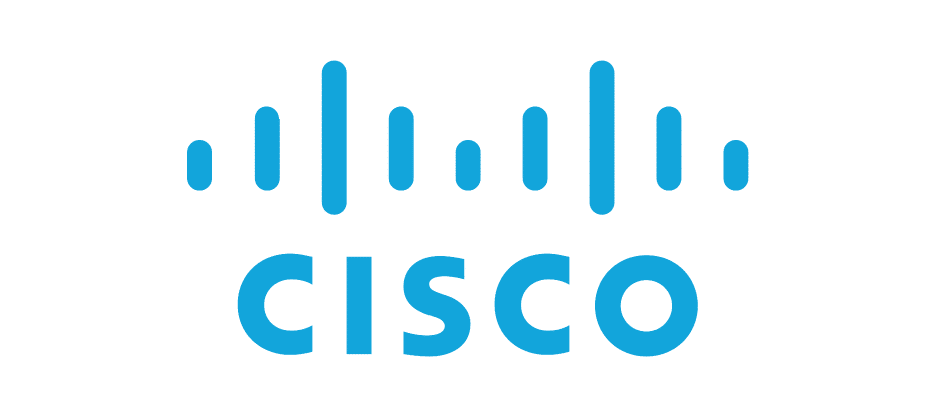
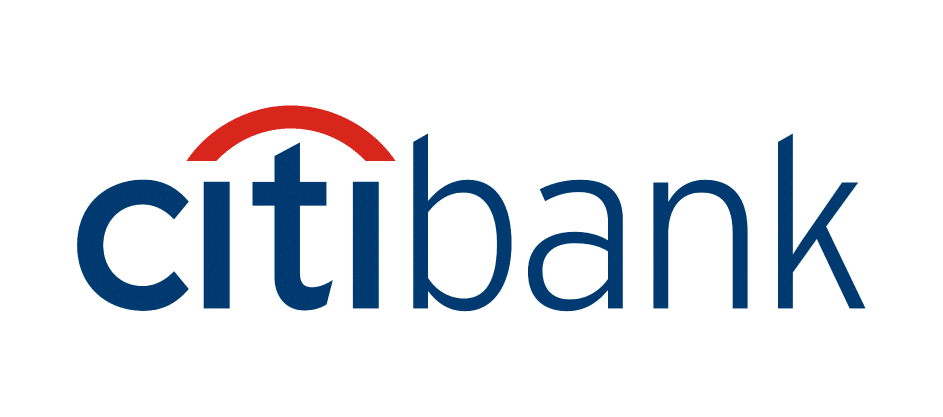
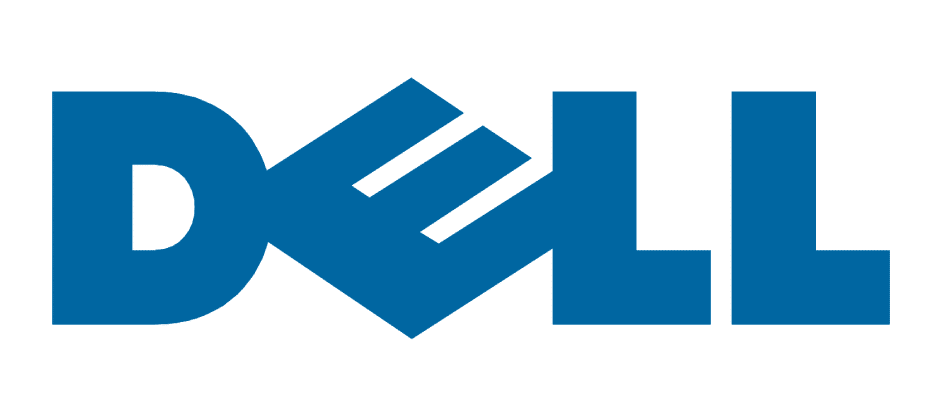
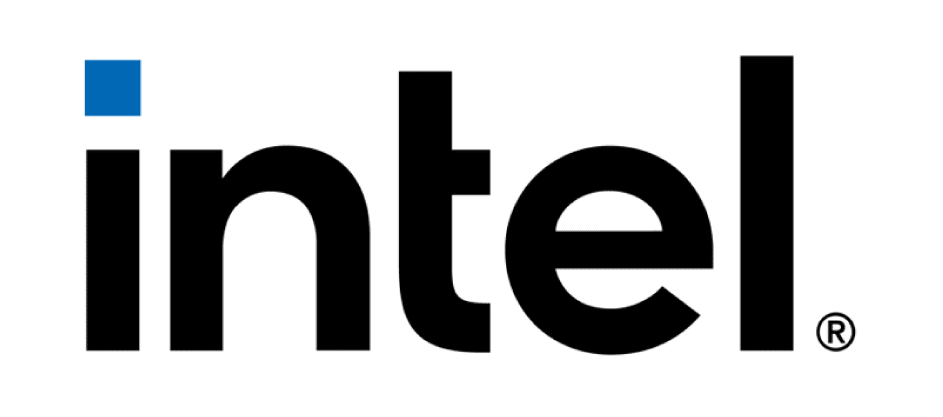


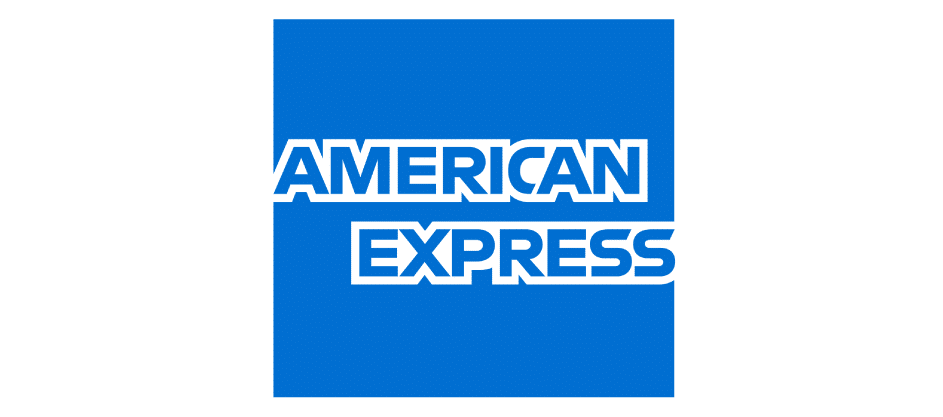
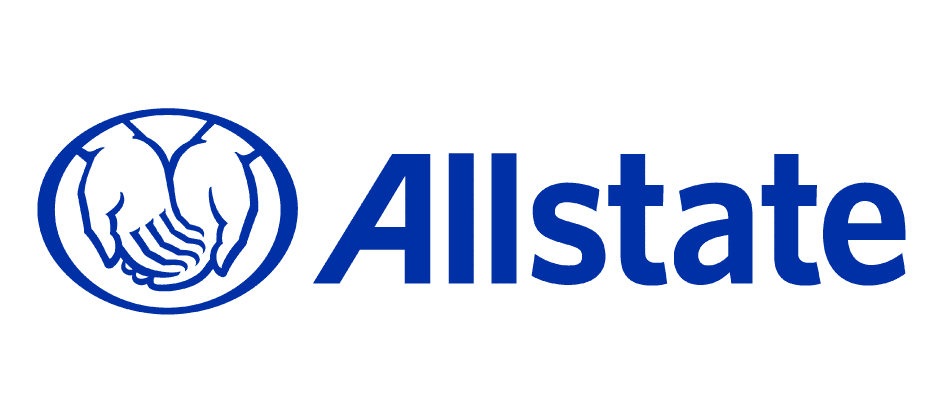
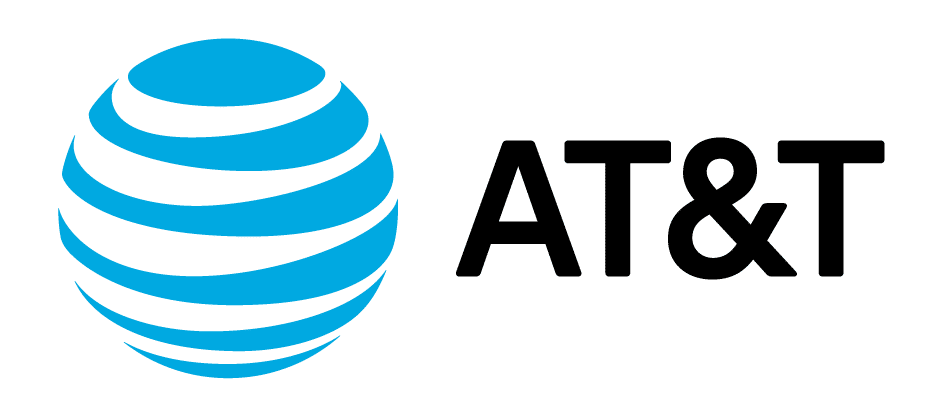
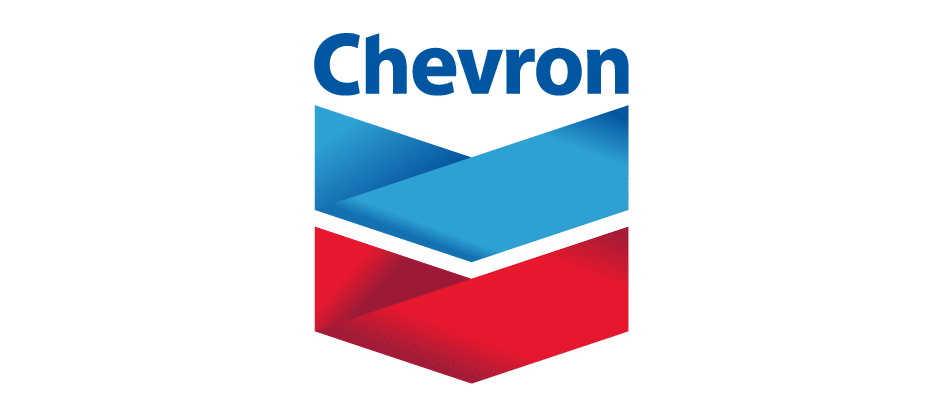
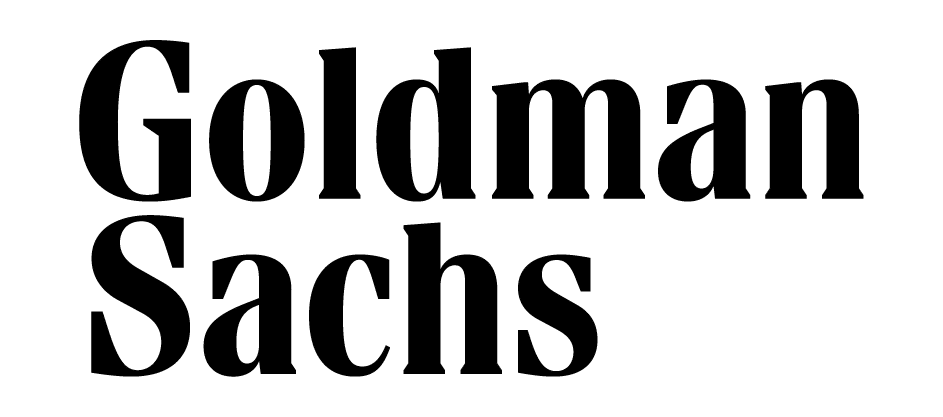
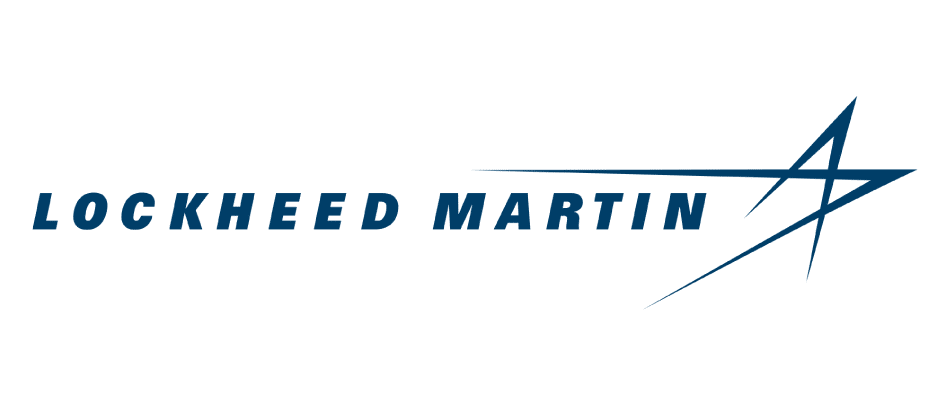
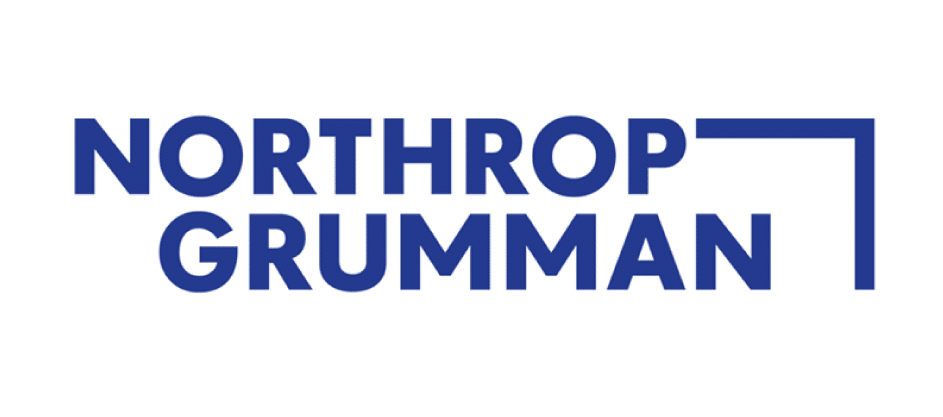
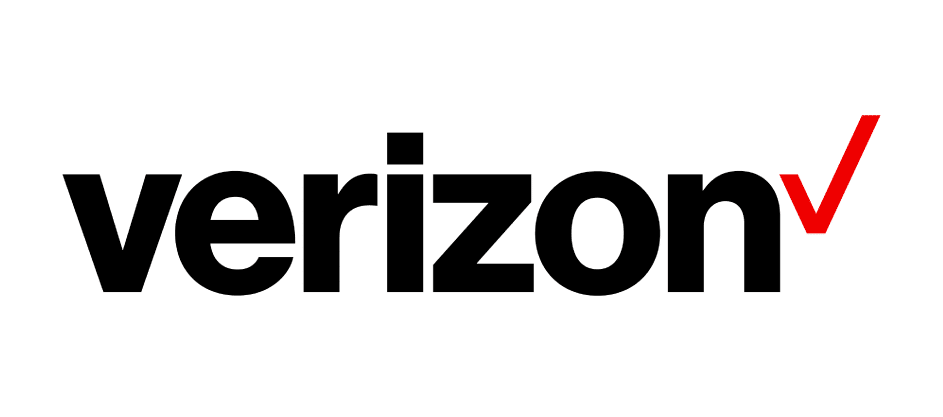
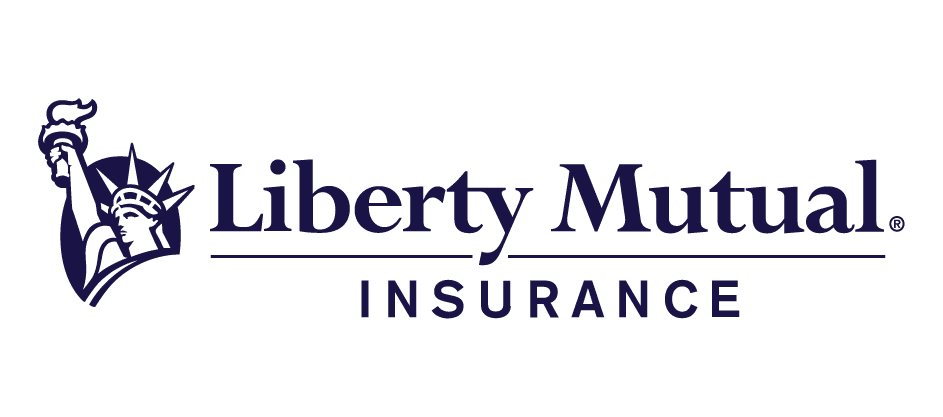
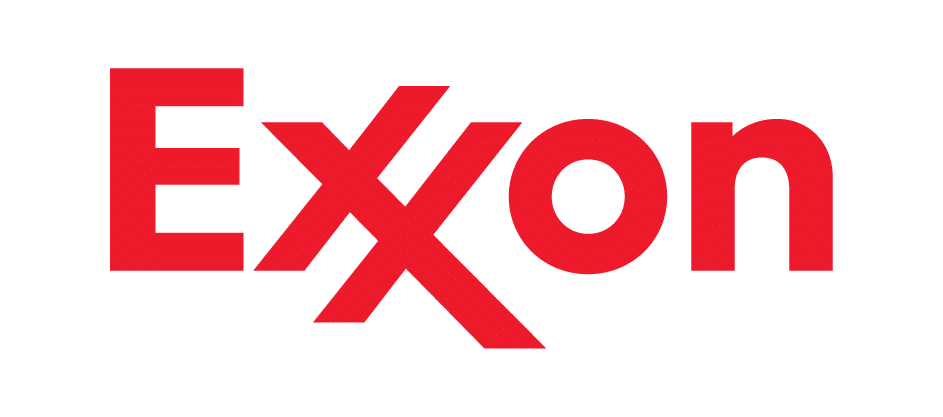
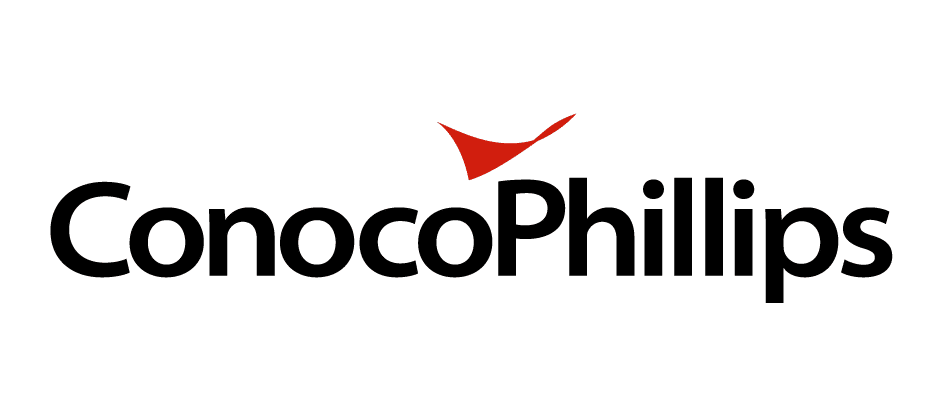
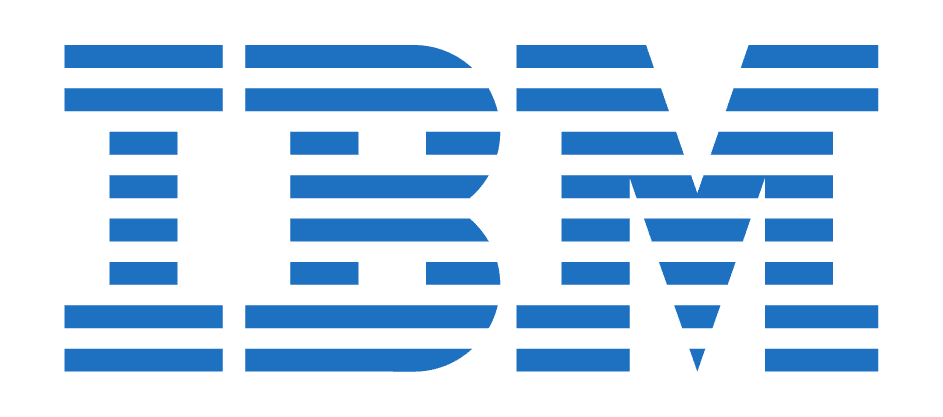
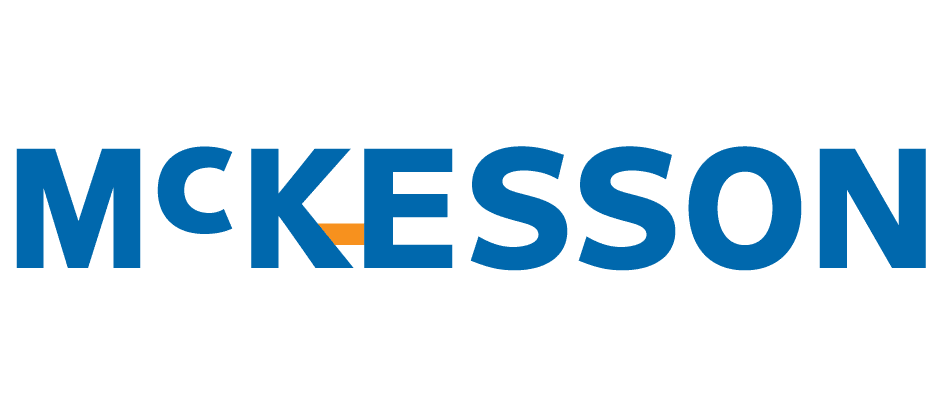
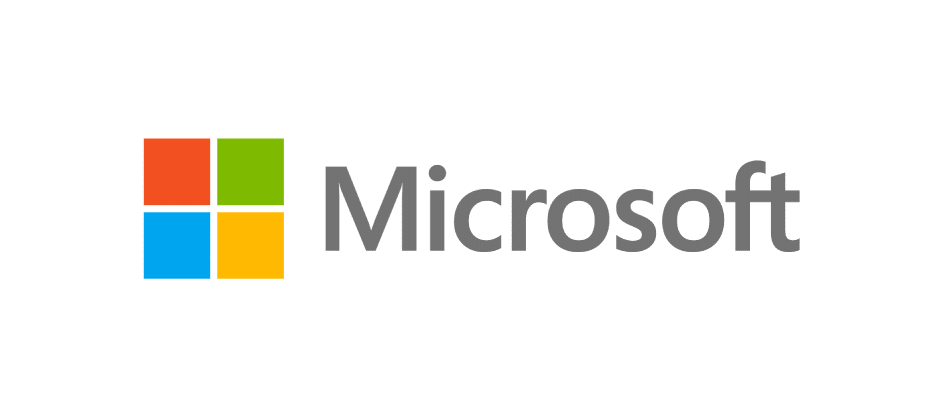

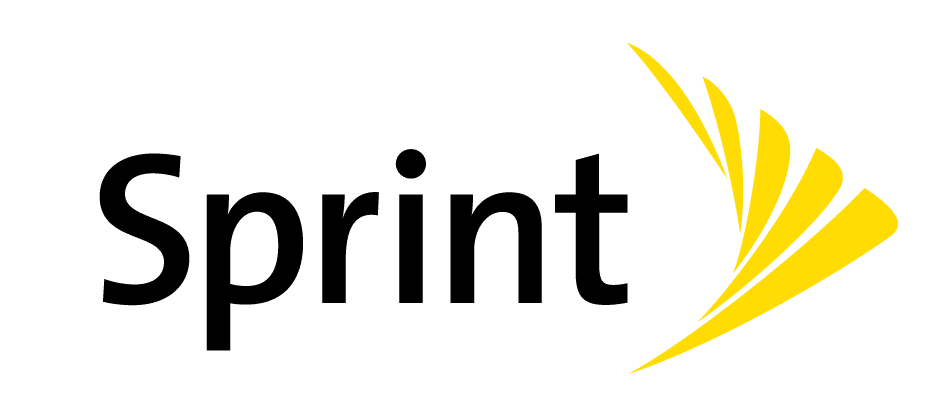
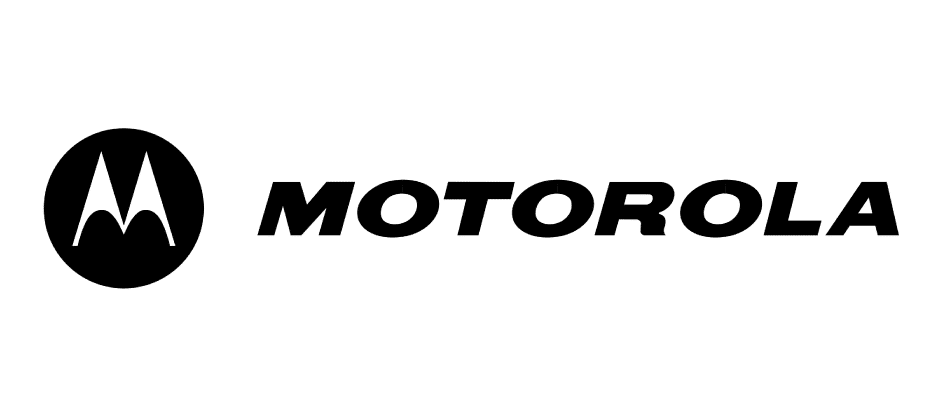
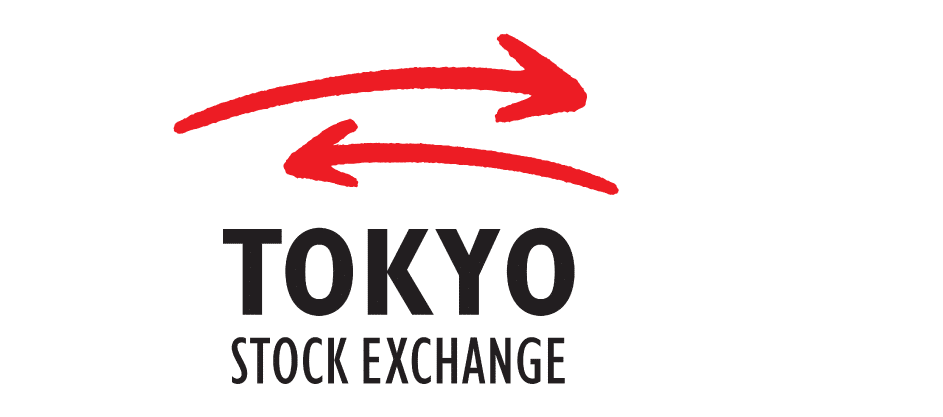
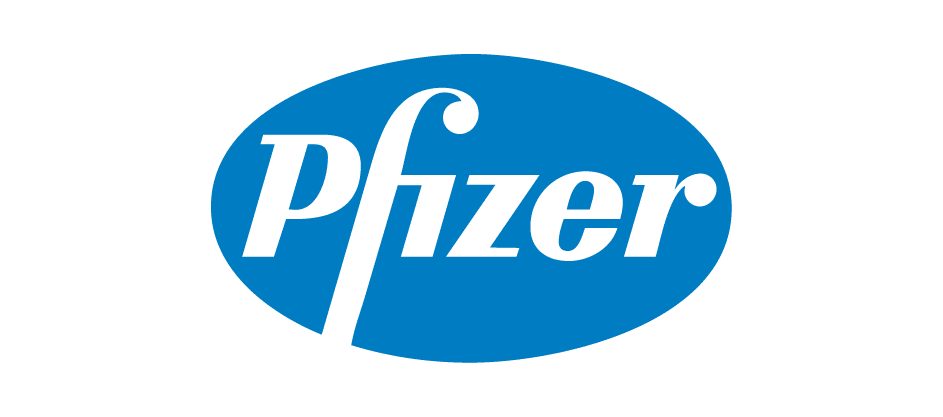
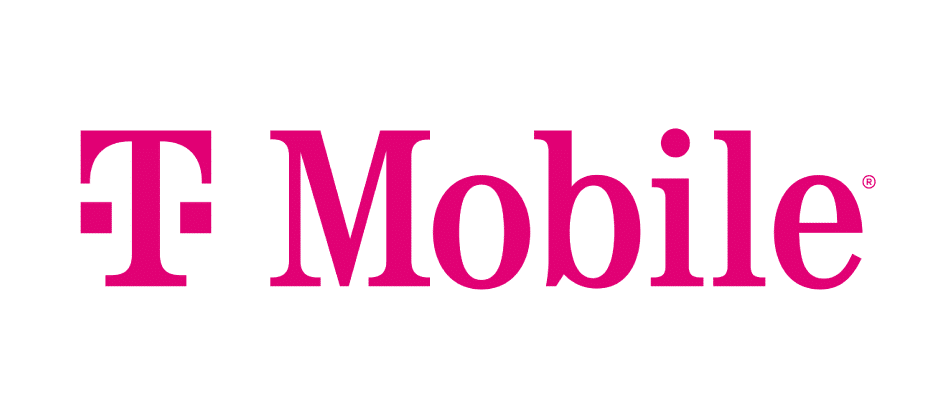
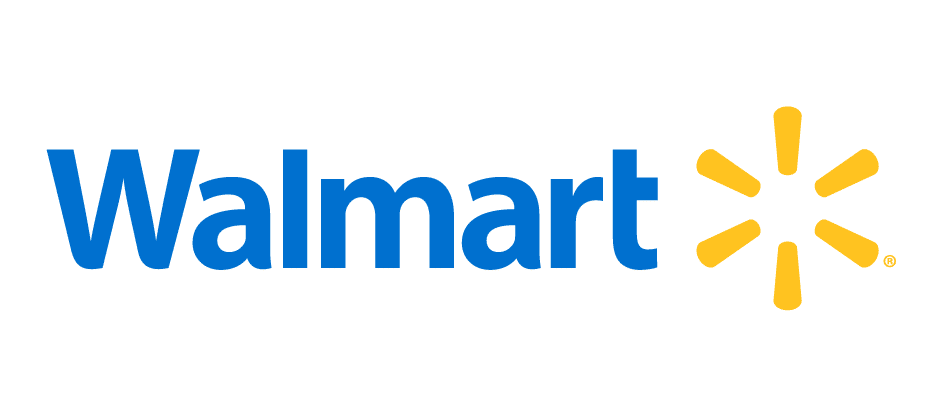
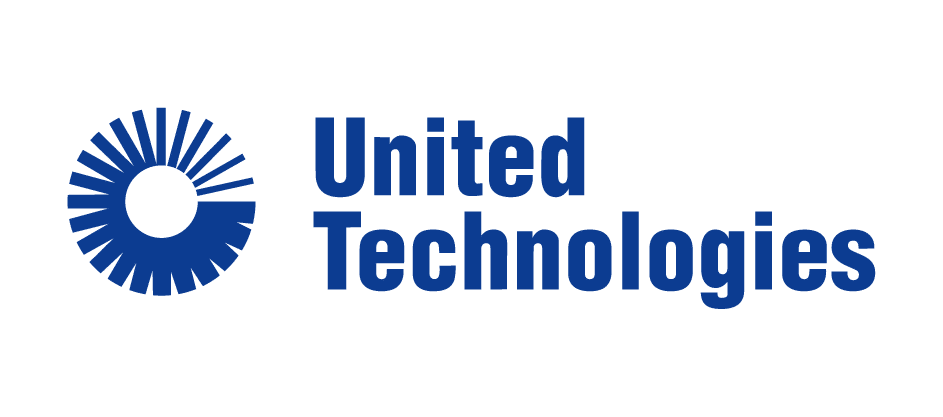
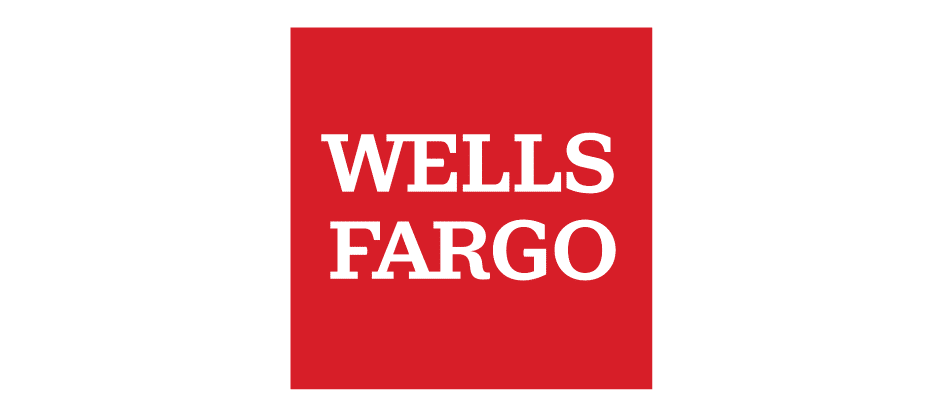



































An Introduction to Software Escrow & Source Code Escrow
The last thing anyone wants is to delay a critical software deal. If you’re negotiating and a vendor or beneficiary brings up software escrow, will you know how to proceed?
In this guide, leading software escrow provider EscrowTech will explain everything you need to know about software escrows. Our experts will cover what they are and how they can help. Plus, we’ll cover the steps to determine if one is needed and how to easily set one up.
Software Escrow Agreements
The goal of a software escrow agreement is to protect all parties involved in a software license. There are two primary parties involved in such an agreement: vendors and licensees.
- Vendor Vs. Licensee
- Benefits
- Escrow Agents

Vendor Vs. Licensee
The vendor agrees to submit deposit materials, particularly their source code, into a secure escrow account. This is information that the licensee may need to maintain operations in the event of a bankruptcy or breach. The licensee only gains access to these materials if a pre-determined adverse event takes place.

Benefits
There are benefits for both parties involved. Upon entering into an agreement, the vendor will know who has access to their intellectual property.Meanwhile, the licensee will maintain access to mission-critical data or source code. The licensee gains access if a mutually agreed-upon release event should occur. Ultimately, this access has the power to ensure business continuity. This is crucial in the event that the vendor fails to meet its obligations or maintain the software.

Escrow Agents
Every software or source code escrow agreement involves a third party. Software escrow companies, also called escrow agents, possess specialized backgrounds in technology and law. They serve as neutral third parties in the arrangement.The role of the escrow agent is to securely store source code, data, and documentation. They will store all relevant materials until a mutually agreed-upon event occurs. At that time, the escrow agent can ensure access to the developer if needed.

Why Choose Software Escrow?

90%
Of organizations report that having a software escrow significantly enhances their ability to close engagement.
Reduce Your Risk
For both parties, software escrows mitigate the inherent risk in software licenses. They accomplish this by storing source code and other critical materials with an independent, neutral, third-party escrow agent. This independent and neutral storage is the key to mitigating risk to all parties involved.
Software Escrow Deposit Materials
Software escrow is the most common type of escrow and is designed to store:
- Source code
- Configuration
- Virtual machines
- Build instructions
- Other critical documentation

These Escrows can be used with
While software escrows normally store on-site applications, the best software escrow services can also store SaaS-based applications.
The Software Escrow Process
There are five basic steps involved in setting up a software or source code escrow account.
Execute an escrow agreement with a reputable software escrow agent
When deciding which software escrow provider to use, be sure to ask the following questions:
- How long has the software escrow company been in business?
- Where will they store deposit materials, and what level of security can you expect?
- Do they offer off-site storage? In how many locations?
- What level of legal expertise do the escrow agents possess?
- What level of technical expertise do the escrow agents possess?
- What is involved in managing the escrow account, including updating deposit materials? Is there a secure online portal?
- What is their pricing structure, and is it stable?
- Do they offer customizable solutions, or do they only offer one-size-fits-all solutions?
Ideally, you will work with an experienced escrow agency with a history of longevity. They should offer secure storage of deposit materials, ideally in multiple off-site locations. Agents should possess thorough legal and technical expertise, plus expertise working within your specific industry. Ideally, they should offer a secure online solution that makes updating and monitoring your escrow account simple and intuitive. Look for a stable pricing structure with guarantees in place. Ask about customizable solutions that address the unique needs of your solution or industry.

Delivery of source code and other materials to the escrow agent
Source code, documentation, and any other important materials should be easily deliverable to the software escrow agent. The escrow agent should offer submission methods such as:
- Escrow synchronization
- Automated submission scripts via sftp
- Manual online submission
- Manual offline submission

Source code is securely held, awaiting release conditions to occur
Release conditions” define if and when the software escrow agent should release the escrow materials to the licensee. This ensures that the escrow materials are only released following a mutually-agreed-upon event.

The escrow is updated as the software product evolves
As new versions of the software are developed, corresponding updates to the escrow should occur. Modern escrow agents can automate this process, which helps keep the escrow up to date.

A release condition occurs, and the escrow materials are released
Many stakeholders never reach this step. In some cases, a software license terminates without meeting a release condition. When that occurs, materials can either be returned to the software vendor or destroyed.

When Should I Use a Software Escrow?
A software escrow agreement is not always necessary when entering into a relationship with a vendor or licensee.
Security Concerns
An escrow is probably needed if the licensee worries that the software vendor:
- Is not financially stable
- Could go out of business
- Might, willingly or not, discontinue maintenance and support of the software
- Might, willingly or not, not breach its maintenance or support obligations
Bankruptcy Concerns
In making this assessment, the size and fame of the software vendor should not be the only considerations. Bankruptcies are not limited to small, unknown companies and individuals.
Large companies also use bankruptcy laws to reject contracts. Furthermore, any vendor might decide to drop support and maintenance of software products.
The licensee should envision itself in the position of suddenly being without maintenance or support when the following occurs:
- The software crashes, produces erroneous results, or experiences incompatibilities with other software
- The software needs to be updated because of changing business needs
Would having source code and other materials be beneficial in any of these situations? If so, an escrow might be right for your situation.



